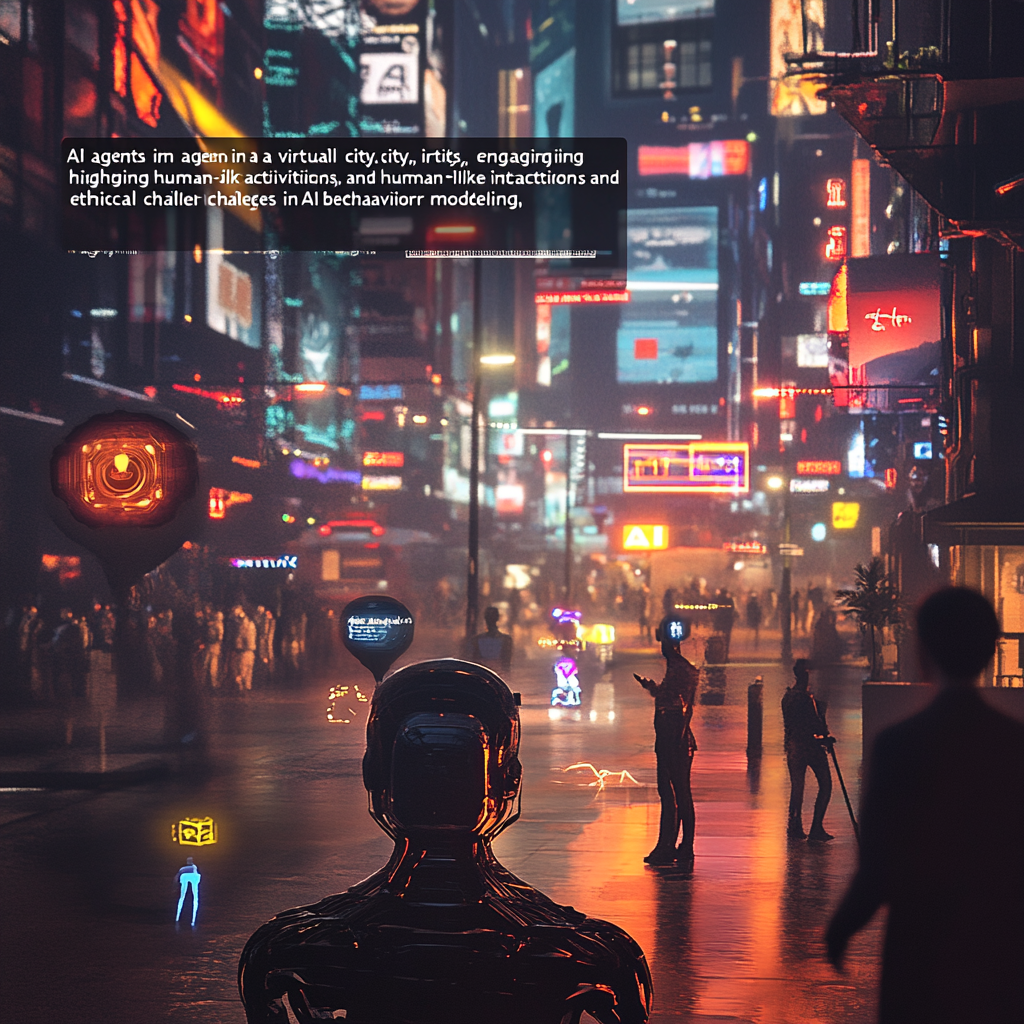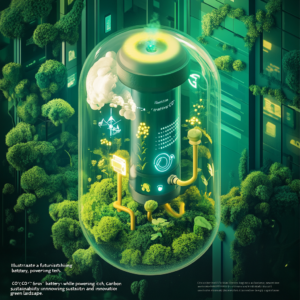
Simulating Human Behavior with AI Agents | Stanford HAI
Simulating Human Behavior with AI Agents: The Stanford HAI Vision
Imagine strolling down a futuristic avenue, where the faces of robots are twisted in expressions as varied as yours. These robots, however, are not mere metallic shells; they carry within them the essence of human behavior, replicating it with unnerving accuracy. This wondrous world is not a scene from your favorite sci-fi binge but the brainchild of Stanford University's Human-Centered AI (HAI) initiative. Here, researchers are pushing the technological boundaries, crafting artificial intelligence that not just mimics, but actually simulates the complexities of human thought, feeling, and interaction.
Let’s take a sip of this bold brew, shall we? Stanford's bright minds have engineered AI agents capable of channeling the personalities, quirks, and decision-making processes of over 1,000 real people. They’ve cracked a code that allows these artificial beings to predict social behavior with an accuracy rate that’s already turning heads—up to 85%. Now, that’s some impressive wizardry!
The alchemy behind this success? A harmonious blend of large language models (LLMs) and a treasure trove of detailed interview data. Picture this: LLMs crafting digital personas, much like an artist paints a portrait, painstakingly capturing idiosyncrasies and idiosyncrasies through in-depth interviews. It’s like turning complex human emotions into a sequence of algorithms. Oh, the beauty of modern innovation!
Technical Achievements
Stanford's generative agents are not your run-of-the-mill chatbots. These dazzling creations live vibrant virtual lives, waking up, preparing breakfast, and moving through the hustle and bustle of a simulated town. And guess what? They even engage in conversations, a social dance that feels remarkably lifelike. This isn’t child's play; it’s academia’s equivalent of a grand ball.
In what can only be described as a digital playground, these researchers unleashed twenty-five agents into a virtual village reminiscent of The Sims. These agents initiated conversations, reminisced about past events, and even planned outings, such as attending a Valentine's Day party. Imagine them coordinating their schedules, brainstorming how to look dapper and charming. It’s a delightful chaos, and you can almost hear the romantic tunes in the background. Each interaction felt as natural as a sunny day, thanks to the sophisticated architecture designed to echo human cognition.
Breaking it down, this architecture is built on a trio of crucial elements: observation, planning, and reflection. Each of these components was put to the test in ablation studies, where the researchers peeled back the layers to reveal just how each part contributes to the overall believability of those charming agents. By harmoniously blending LLMs with these interactive agents, Stanford is wielding a powerful tool that simulates humanity, revealing not just how we think but how we truly live.
Applications and Implications
Let’s dive into the ocean of possibilities, for the applications of these AI agents are vast and varied. Imagine being a policymaker armed with a precise simulator that predicts the impacts of policy changes with alarming accuracy. Say goodbye to the outdated methods of focus groups and polls; this technology may very well redefine how we approach public policy.
These agents could revolutionize how we navigate complex societal issues, providing rich, nuanced insights and giving us a glimpse into how decisions may ripple through communities. Moreover, they are destined for realms beyond government, paving paths in immersive environments for effective communication, design, and prototyping. As we face a myriad of societal challenges, these generative agents might someday emerge as trusted allies, collaborating to find solutions where human cognition falters.
However, it's not all rainbows and butterflies. The ability of AI to replicate human behaviors and personalities begs a slew of ethical questions. Privacy concerns loom large. What if someone misuse such advanced technology? With great power comes great responsibility, and Stanford is acutely aware of this balance. They've implemented tight controls to ensure the responsible development of these technologies, delineating a clear path between innovation and the potential for misuse.
Conclusion
The Stanford HAI initiative is not just playing with algorithms; it’s forging a landscape where AI and human behavior intertwine seamlessly. A world where this synthesis could enhance our understanding of ourselves and our interactions is tantalizingly close.
As we plunge deeper into this era of rapid technological evolution, the challenge remains to marry progress with ethical governance. With the vast potential of these agents to reshape our understanding in social science and policy-making, we must tread thoughtfully.
Craving to keep your finger on the pulse of the latest in artificial intelligence and its societal implications? Subscribe to our Telegram channel: @ethicadvizor. Dive headfirst into the unfolding narrative of AI—because this journey has only just begun!

